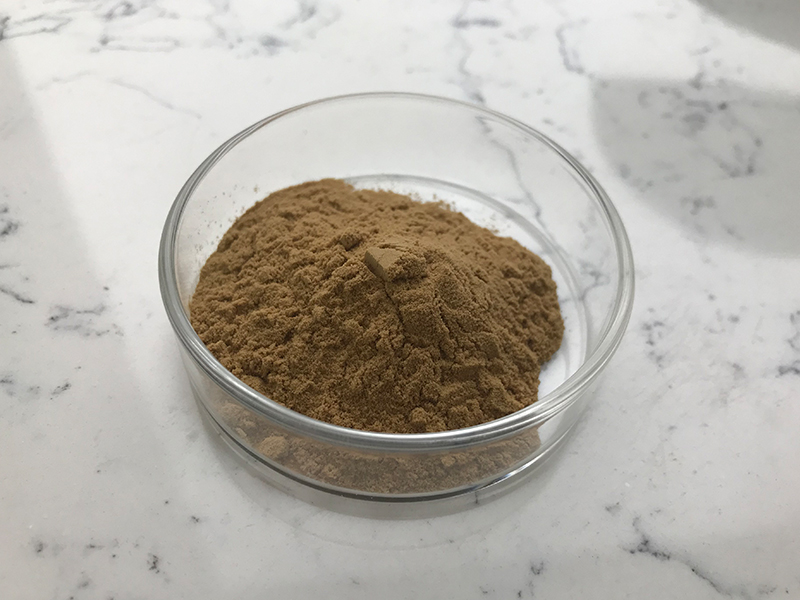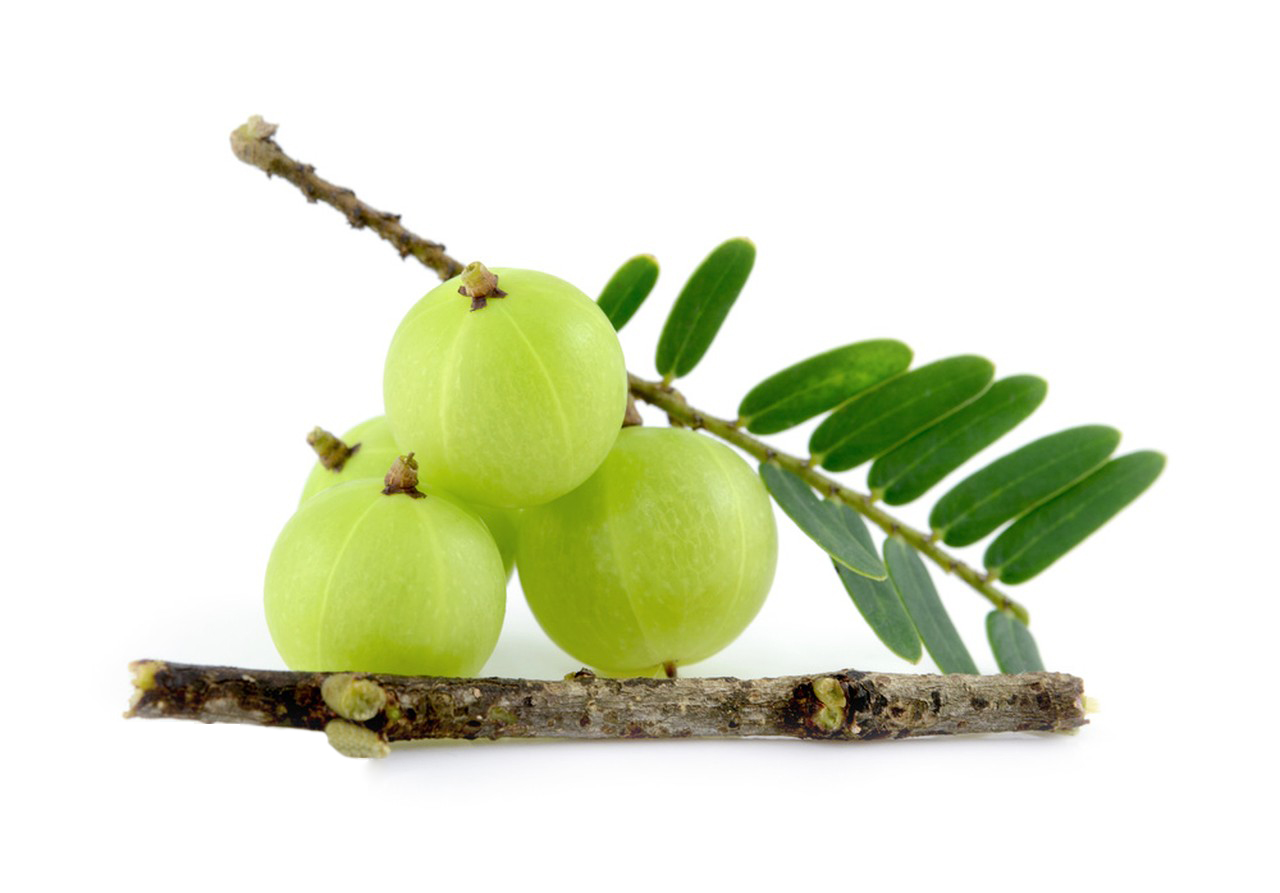Phyllanthus emblica extract, also known as amla extract or Indian gooseberry extract, is derived from the fruit of the Phyllanthus emblica tree. This fruit is renowned in traditional medicine, particularly in Ayurveda, for its health benefits. Here are some key points about Phyllanthus emblica extract:
Nutritional Content:
1.Rich in Vitamin C: Amla is one of the richest sources of vitamin C, which is essential for immune function, skin health, and antioxidant protection.
2.Antioxidants: Contains a variety of polyphenols and flavonoids, which help combat oxidative stress.
3.Minerals and Vitamins: It also contains minerals like calcium, iron, and vitamins like A and E.
Health Benefits:
1.Immune Support: The high vitamin C content enhances immune response and helps in fighting infections.
2.Antioxidant Properties: The extract helps reduce oxidative stress and inflammation in the body.
3.Digestive Health: Traditionally used to improve digestion and reduce acidity.
4.Skin and Hair Health: Often used in skincare and haircare products for its nourishing and rejuvenating properties.
5.Heart Health: May help in lowering cholesterol and improving heart health due to its antioxidant and anti-inflammatory properties.
6.Blood Sugar Regulation: Some studies suggest it may help in managing blood sugar levels.

Uses:
1.Dietary Supplements: Available in various forms such as capsules, powders, and liquid extracts.
2.Skincare Products: Used in creams, lotions, and serums for its anti-aging and skin-brightening effects.
3.Haircare Products: Found in shampoos, conditioners, and oils for promoting hair growth and reducing hair fall.
4.Culinary Uses: The fruit itself can be consumed fresh, dried, or in the form of juices and preserves.
Traditional Medicine:
Ayurveda: Widely used in Ayurvedic medicine for balancing the doshas (body energies), particularly Pitta (heat) and Kapha (fluid).
Safety and Dosage:
Generally Considered Safe: When consumed in moderate amounts as part of a balanced diet.
Consultation: It’s advisable to consult a healthcare provider before starting any new supplement, especially for pregnant or breastfeeding women, or individuals with specific health conditions.
Phyllanthus emblica extract is valued for its comprehensive health benefits and is widely utilized in various health and wellness products.
The basic ingredients of Phyllanthus Emblica Extract
Phyllanthus emblica extract, commonly known as Indian gooseberry or amla, is renowned for its nutritional and medicinal properties. The extract of Phyllanthus emblica is derived from its fruit, which is rich in various bioactive compounds. The basic ingredients and key constituents of Phyllanthus emblica extract include:
1.Vitamin C (Ascorbic Acid): Amla is exceptionally high in vitamin C, which acts as a potent antioxidant.
2.Phenolic Compounds: Includes gallic acid, ellagic acid, and tannins, which contribute to its antioxidant and anti-inflammatory properties.
3.Flavonoids: Such as quercetin and kaempferol, known for their antioxidant and anti-inflammatory benefits.

4.Alkaloids: Including phyllantine and phyllantidine, which have various pharmacological effects.
5.Carbohydrates: Mainly in the form of dietary fiber, providing digestive health benefits.
6.Minerals: Includes calcium, iron, phosphorus, and chromium.
7.Amino Acids: Contains essential amino acids which are crucial for various bodily functions.
8.Fatty Acids: Contains linoleic acid and other beneficial fatty acids.
9.Saponins: These compounds have potential benefits for immune system health and cholesterol management.
10.Organic Acids: Such as citric acid, which contributes to the fruit’s sour taste and acts as a natural preservative.
These components collectively contribute to the wide range of health benefits associated with Phyllanthus emblica extract, including its antioxidant, anti-inflammatory, antimicrobial, and anti-carcinogenic properties.
